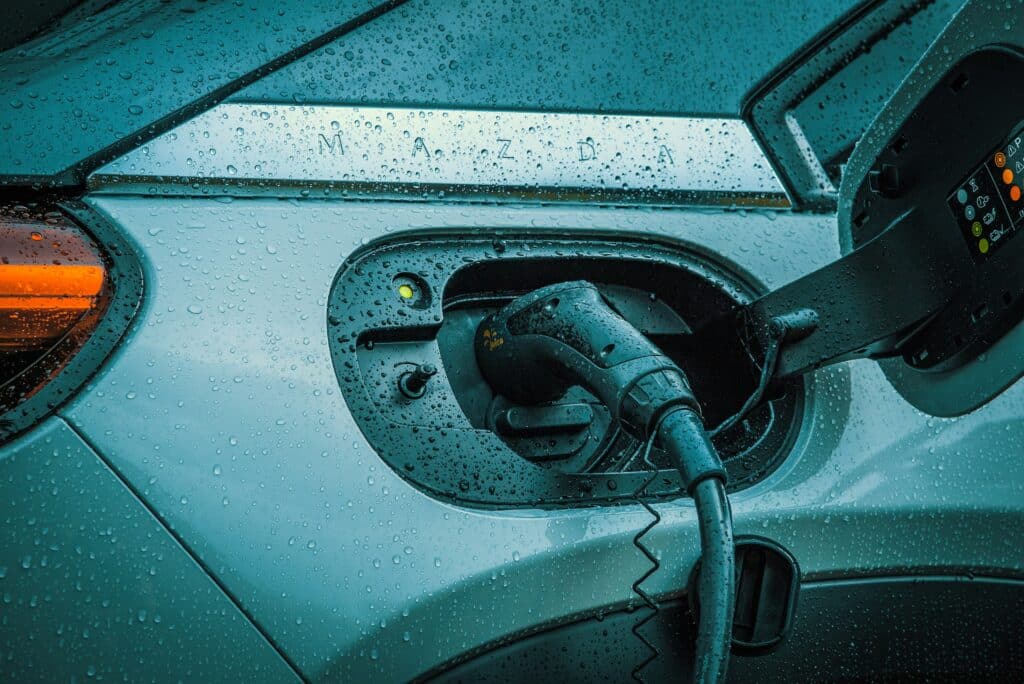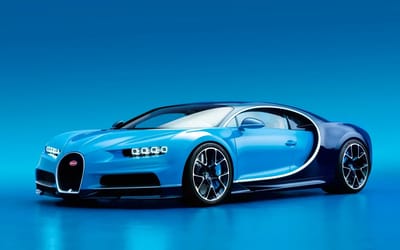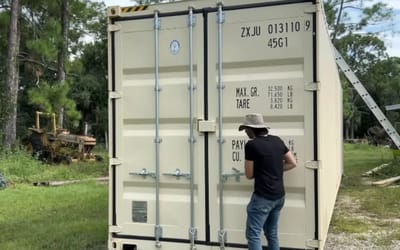Scientists created revolutionary EV batteries derived from shellfish
- Scientists have been able to make batteries powered using an extract from the shells of crustaceans
- These shellfish batteries are completely biodegradable and break down in around five months
- In tests, researchers said they were 99.7% efficient after 400 hours of use
Published on Jul 29, 2024 at 8:45 AM (UTC+4)
by Claire Reid
Last updated on Jul 29, 2024 at 7:23 PM (UTC+4)
Edited by
Tom Wood
Scientists were able to use a compound found in shellfish to power batteries, giving hope that a more sustainable option for EV batteries could be on the horizon.
The demand for batteries to power everything from smartphones to watches and electric vehicles shows absolutely no sign of slowing down.
But chemicals found in typical batteries, such as lithium-ion can take centuries to break down and can be harmful to the environment.
DISCOVER SBX CARS: The global premium car auction platform powered by Supercar Blondie
The batteries are made using a compound found in shellfish and zinc

However, in a 2022 study, experts from the University of Maryland’s Center for Materials Innovation developed batteries that use a product derived from crustacean shells to store energy.
Researchers were able to use chitin, a substance found in the shells of crustaceans, to power batteries when combined with zinc.
This is smart stuff, right?
These shellfish batteries are completely biodegradable and break down in around five months, leaving behind only zinc, which can be recycled.
The study also showed some impressive results, with the chitin-zinc batteries being 99.7% efficient after over 1,000 battery cycles or 400 hours of use.
This means they can be charged and discharged many times over without affecting their performance.
As the industry switches to becoming more EV-focused, we’re seeing many developments when it comes to batteries – including this UK startup that managed to create an electric car battery that charges in under five minutes and plans to build supertall skyscrapers that double up as gigantic batteries.
Scientists have high hopes for the batteries

“We think both biodegradability of material, or environmental impact, and the performance of the batteries are important for a product, which has the potential to be commercialized,” said the study’s author Liangbing Hu.
Hu went on to say that the study could help with the development of high-performance and sustainable batteries for green energy storage,
But before we all get too excited, Graham Newton, a professor of materials chemistry at the University of Nottingham who wasn’t involved in the study warned the Guardian that there ‘tends to be a significant gap between promising lab results and a demonstrable and scalable technology’.
However, he did say that the results looked to be promising.
“There are some examples of batteries like this that have been commercialized and are being trialed as stationary energy storage systems,” said Newton.
“There are still quite a few challenges to be met in the development of zinc ion batteries, but fundamental studies such as this are hugely important.”
Claire Reid is a journalist who hails from the UK but is now living in New Zealand. She began her career after graduating with a degree in Journalism from Liverpool John Moore’s University and has more than a decade of experience, writing for both local newspapers and national news sites. Claire covers a wide variety of topics, with a special focus on cars, technology, planes, cryptocurrency, and luxury.




